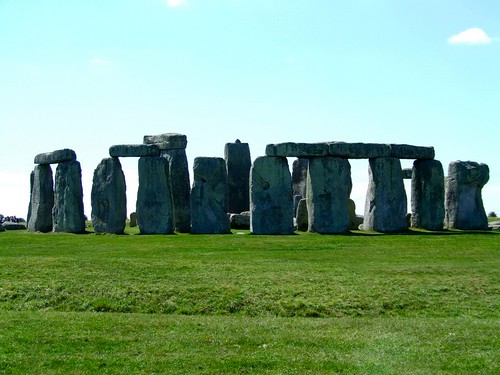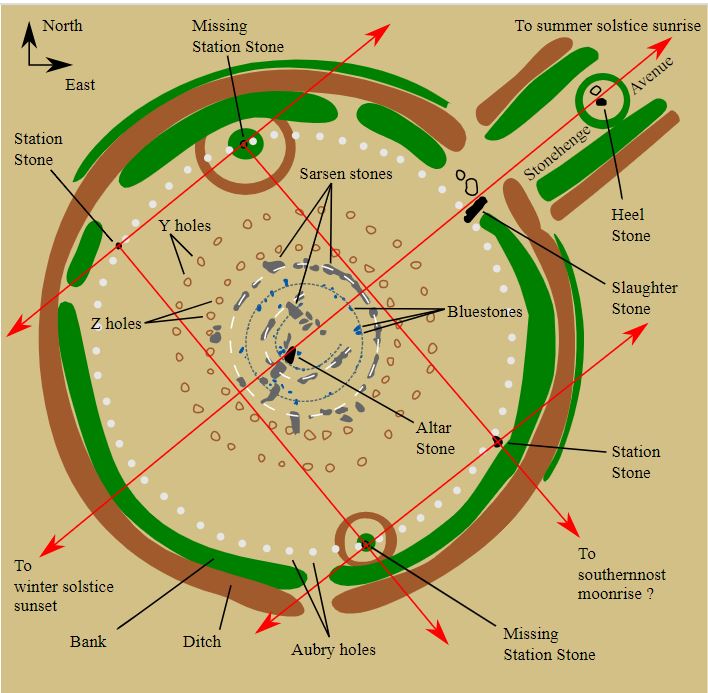2.1: Archeoastronomy
- Page ID
- 30857
Researchers call the study of ancient astronomical practices archeoastronomy. The people of the Neolithic Period left no written records behind, so we have very little information about their cosmologies, their view of the universe. We know little about their creation myths or how they viewed their relationship to the cosmos. From cave paintings and the limited artifacts we have found, it appears that they had a rather small view of the universe, centered around individuals or small bands where the local environment was the entire world about which they knew. Thye likely believed the Earth was flat. Some cave paintings have included a disk with rays that archeologists have interpreted as representing the Sun and dots and crescents that could be the Moon. It appears that early hunter-gatherers had an interest in the stars, possibly to predict shifting of the season, such as the beginning of winter or when certain game animals usually migrated into the region. We do not have any information about whether they had a concept a celestial sphere as envisioned by later civilizations like the Greeks.


With the rise of the earliest civilizations, people began to build the first megalithic (literally, “big rocks) structures, many of which served as calendars and observatories. One famous example is Stonehenge, the famous ring of standing stones in Southern England. We know very little about the people who built Stonehenge or what kinds of rituals they held there, but archeologists believe they constructed in a series of stages over about 1,000 years. They likely completed it in the form we see it today around 1550 BCE. Taking measurements, archeologist have also determined that the people who used Stonehenge practice a form of horizon astronomy. They used the structure to mark the point of sunrise and sunset on the solstices. They also noted the points of extreme moonrise and moonset as well. We do not have any information about any cosmology associated with Stonehenge. It appears that the structure served mainly as a utilitarian tool.

